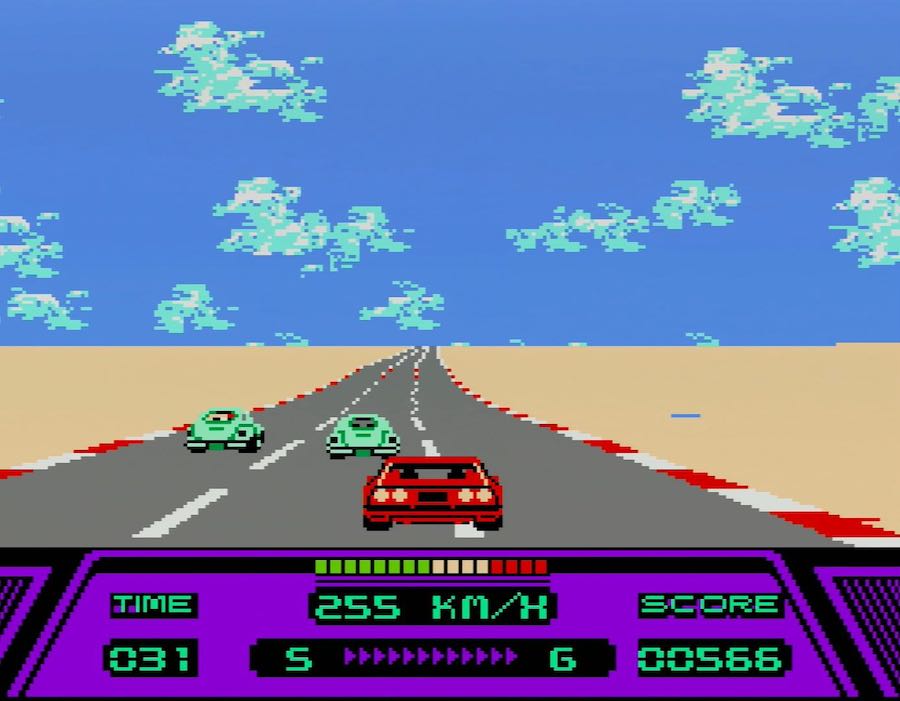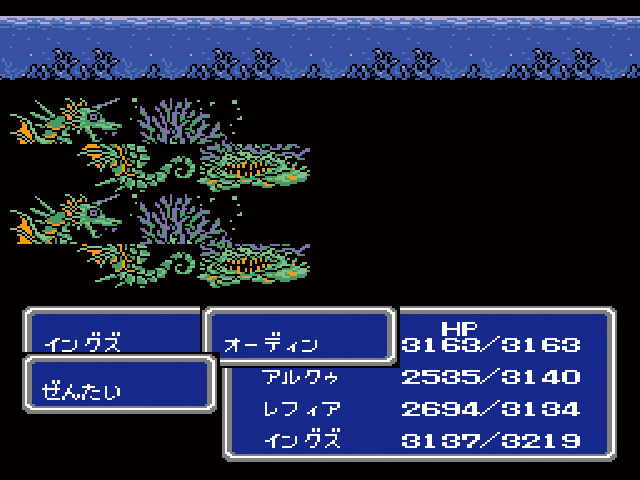Final Fantasy series creator Hironobu Sakaguchi recently reminisced about genius programmer Nasir Gebelli on a J-WAVE radio program. The Iranian-American programmer worked on Square games in the late 1980s and early 1990s, including the first three Final Fantasy games and Secrets of Mana. Sakaguchi was joined on the radio program by former Square programmer Ken Narita, and legendary pixel artist Kazuko Shibuya.
In conversation with DJ Naz Chris, Hironobu Sakaguchi recalled how Gebelli ended up working at Square. Having to leave Iran prior to the Iranian Revolution because of his royal descent, Gebelli studied Computer Sciences in the US. The story goes that he was directly hired by Square CEO Masafumi Miyamoto at a party, which Sakaguchi confirms. Once Nasir Gebelli arrived in Japan, Sakaguchi was asked to help the new employee settle in. “One day, Miyamoto brought him to me and said ‘Sakaguchi, look out for him.’ From that day onwards I was with him every day and I could hardly speak English at the time. He could only eat steak, so every day I ate steak and felt sick,” Sakaguchi recalls.
.

.
Despite these initial difficulties, Sakaguchi, Narita and Shibuya got to know Gebelli and were astounded by his programming skills. “He was a genius; his ingenuity was amazing.” remembers Narita. “Before the NES, he had been programming on a weaker machine, the Apple II, so he was very inventive. He was casually doing things that we would never have even thought of. That’s why he was the perfect programmer for the NES.”
As Sakaguchi mentions, the Apple II and NES had the same CPU- the 6502. “It’s a slow computer,” explains Narita. “So, if you reduced the number of instructions as much as possible, you could make it run faster. Gebelli was very good at this.”
Gebelli is known for the super high scrolling speeds he achieved on the NES. A well-known example of this ingenious exploit is the airship in Final Fantasy 3. Gebelli was able to condense the processing of the airship’s movement into 1/60th of a second (more on that in our article here).
Sakaguchi mentions that they would use the time in which the scanlines were not being drawn on the CRT screen to do the calculations. Switching to something else while the scanlines were being drawn could result in the display being warped in some interesting ways and looking almost 3D.

.
Artist Kazuko Shibuya recalls the team taking advantage of the CRT screen to create the scrolling road in Rad Racer (known as Highway Star in Japan), Square’s 1987 racing game for the NES and arcades. To animate the road turning, they would integrate scrolling by individual scanlines. Shibuya remembers Gebelli telling her to draw dots in what Narita describes as a “strange geometric pattern.” “He told me to draw lots of small lines of around 3 dots in length, white here, red here, gray there. So, I did as he asked” Shibuya reminisces. “It became the road.” Speaking about this in a previous 4Gamer interview, she recalls that “In his mind, he must have worked out a single racetrack pixel by pixel.”
It seems that Gebelli’s ability to visualize what things would look like greatly impressed the other members of the team. “He would say ‘If you program it this way, it should look like this.’ It was impressive.” remembers Sakaguchi.
In an interview on Square Enix’s Final Fantasy Portal Site, Hiromichi Tanaka recalls them using a similar technique for Odin’s attack in Final Fantasy 3, shifting the scanlines in the middle of the display to make it look as if Odin was slicing a monster in half.

.
Many NES games at Square were made by one programmer, however, by the time the SNES came out, programming had shifted towards a team effort based on simple scripting. It seems that the single genius programmer approach was less compatible with the SNES era. Around this time, Gebelli stopped working for Square.





